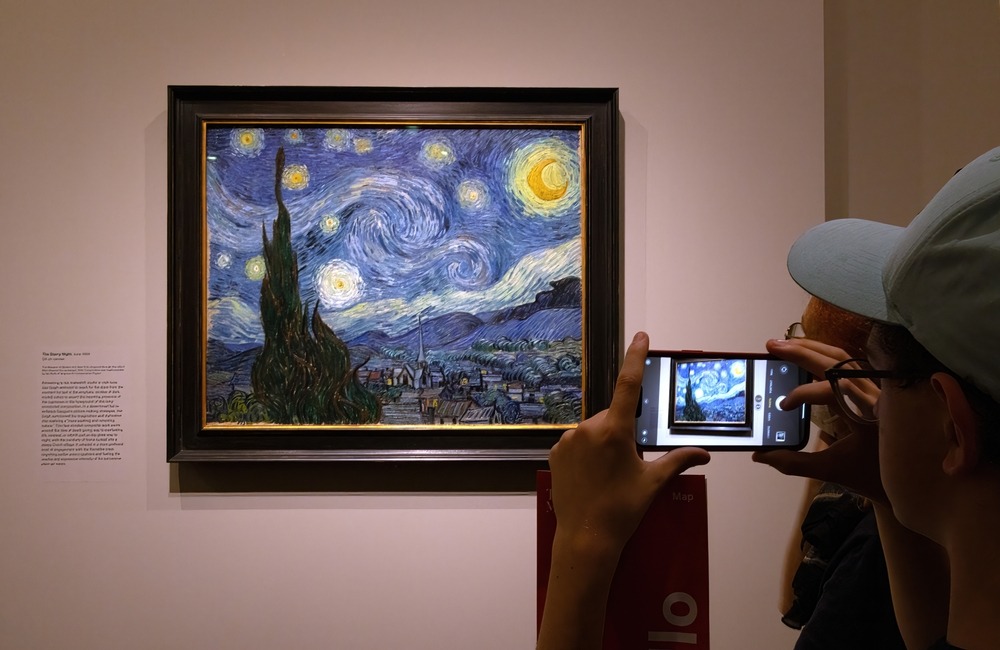Is Artwork a Good Investment?
Investing in artwork has long been considered a sophisticated and potentially lucrative endeavor. Art collectors, investors, and enthusiasts alike have sought to profit from the appreciation of valuable pieces while also enjoying the cultural and aesthetic benefits that art provides. However, like any investment, purchasing artwork comes with risks and requires strategic decision-making.
RELATED: Are Rolex Watches a Good Investment?
In this article, we will explore whether artwork is a good investment, which types of art yield the best returns, how long it takes for art to appreciate in value, and whether it is considered a high-risk investment.
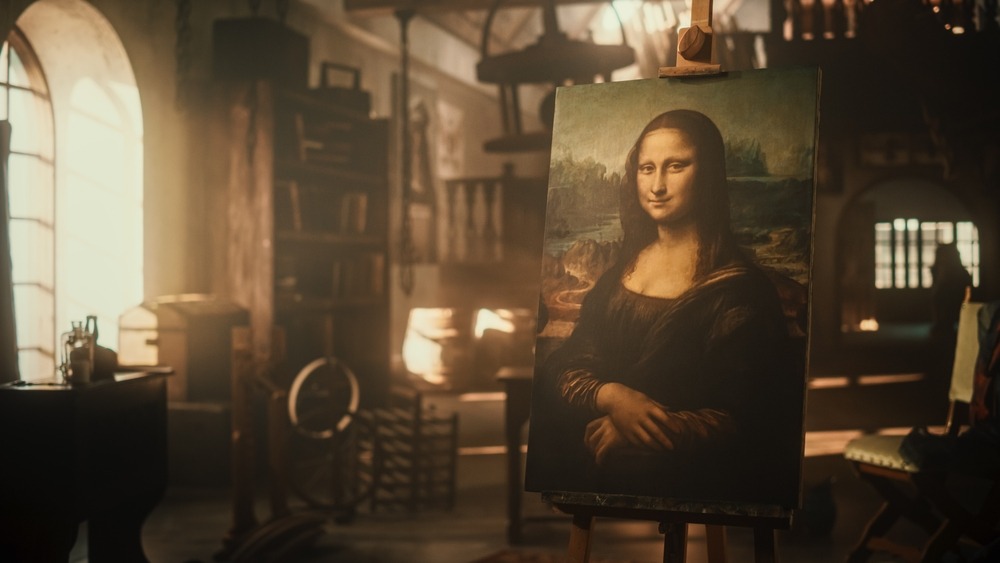
Do Artwork Investments Appreciate in Value?
Art has historically appreciated in value, but the rate and extent of this appreciation depend on several factors, including the artist, rarity, demand, and market conditions. Unlike traditional investments such as stocks or real estate, art does not generate dividends or rental income; its value is primarily realized through resale at a higher price.
Certain artists and movements have shown consistent value appreciation. For example, works by renowned artists like Pablo Picasso, Claude Monet, and Andy Warhol have steadily increased in price over time. Contemporary artists can also see significant appreciation, but predicting which emerging artists will become valuable in the future is a challenge.
RELATED: Are Trainers/Sneakers a Good Investment?
Art investments have generally performed well over the long term. The Artprice100 index, which tracks the value of blue-chip artists, has demonstrated stable growth over the years. However, the art market can be cyclical, with fluctuations influenced by economic trends, buyer demand, and shifts in collector interest.
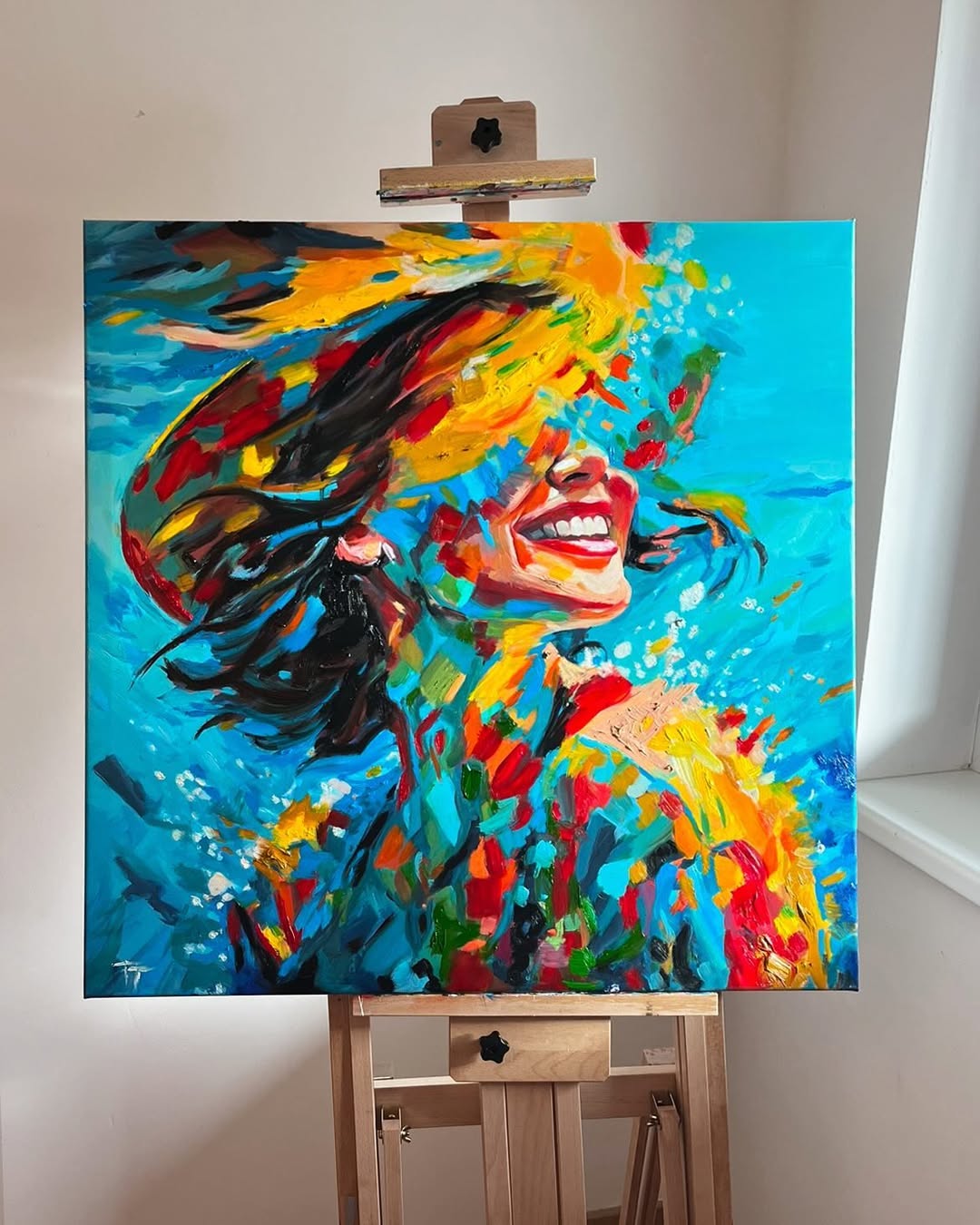
What Type of Art is the Best Investment?
While the art world is vast and diverse, certain types of artwork tend to make better investments than others. The following categories have proven to be strong investment options:
- Blue-Chip Art – Works by established artists with a track record of high sales and historical significance, such as Vincent van Gogh, Jean-Michel Basquiat, or Banksy. These pieces tend to hold or increase their value over time.
- Limited Edition Prints – Prints from renowned artists, especially those with limited production numbers, often appreciate in value. For example, prints by artists like Keith Haring or David Hockney have become sought-after investment pieces.
- Contemporary and Emerging Artists – Investing in up-and-coming artists can yield significant returns if the artist gains recognition. However, this approach carries higher risks since predicting which artists will succeed is difficult.
- Old Master and Impressionist Paintings – Historical artwork, particularly from well-known movements, tends to appreciate steadily. Collectors favor these pieces due to their timeless appeal and historical significance.
- Street Art and Urban Art – With the growing popularity of artists like Banksy and KAWS, street art has become a viable investment. Works from established street artists are now highly valuable in the art market.
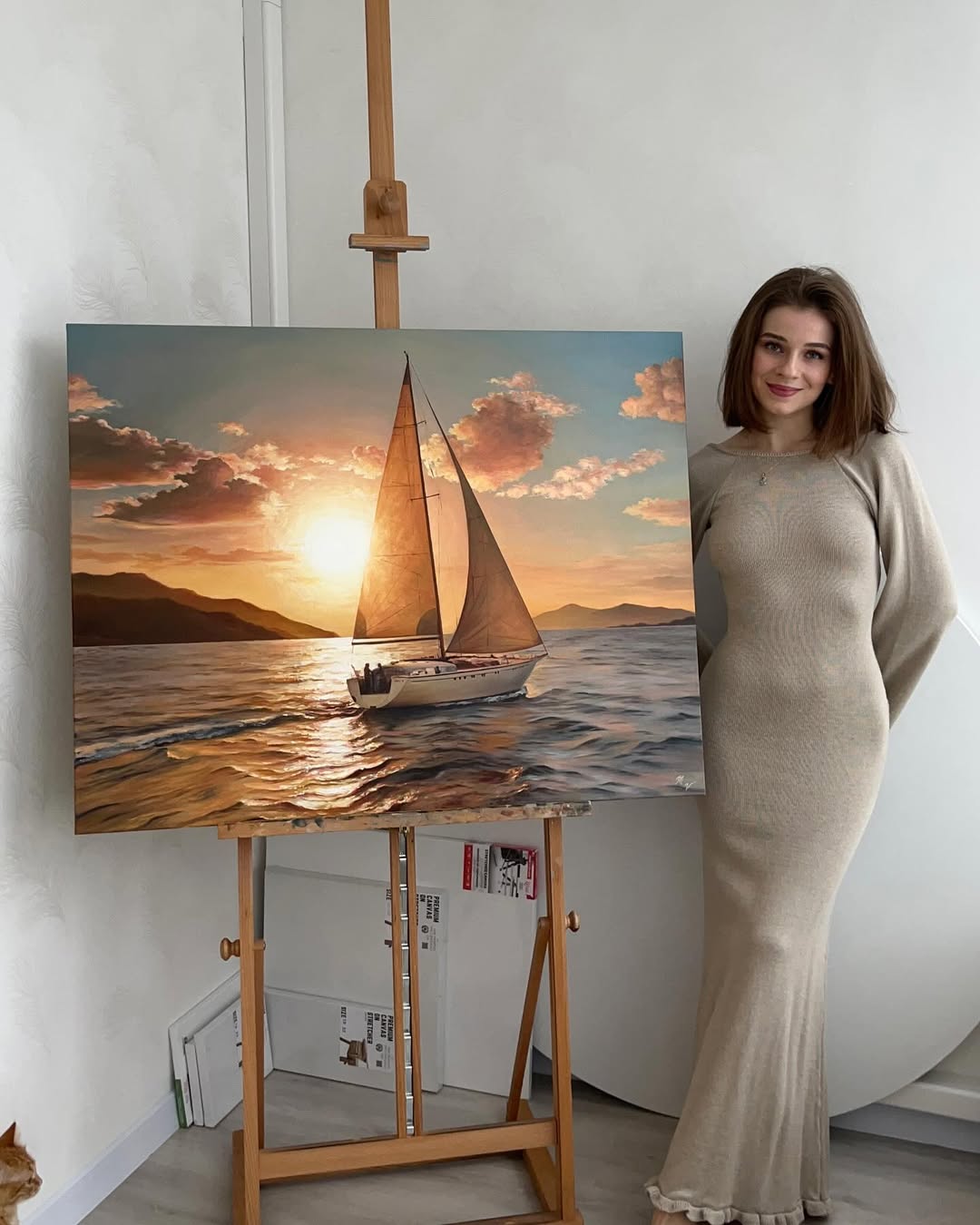
How Long Does It Take for Art to Appreciate in Value?
The time it takes for artwork to appreciate varies widely. Some pieces can increase in value within a few years, while others may take decades to yield a return. The factors that influence the appreciation timeline include:
- Artist Recognition – If an artist gains fame quickly, their work may appreciate in a shorter period. Emerging artists who receive gallery representation or museum exhibitions often see their values rise more rapidly.
- Market Demand – Popular artists or movements experience higher demand, leading to quicker appreciation.
- Auction Records – If similar works by the same artist start selling at higher prices, individual pieces can see a surge in value.
- Economic Conditions – Art markets are influenced by economic stability, with recessions potentially slowing appreciation and boom periods accelerating value increases.
Generally, blue-chip art and historical pieces take decades to reach their full investment potential, while emerging artists’ works can experience faster appreciation if they gain mainstream recognition.
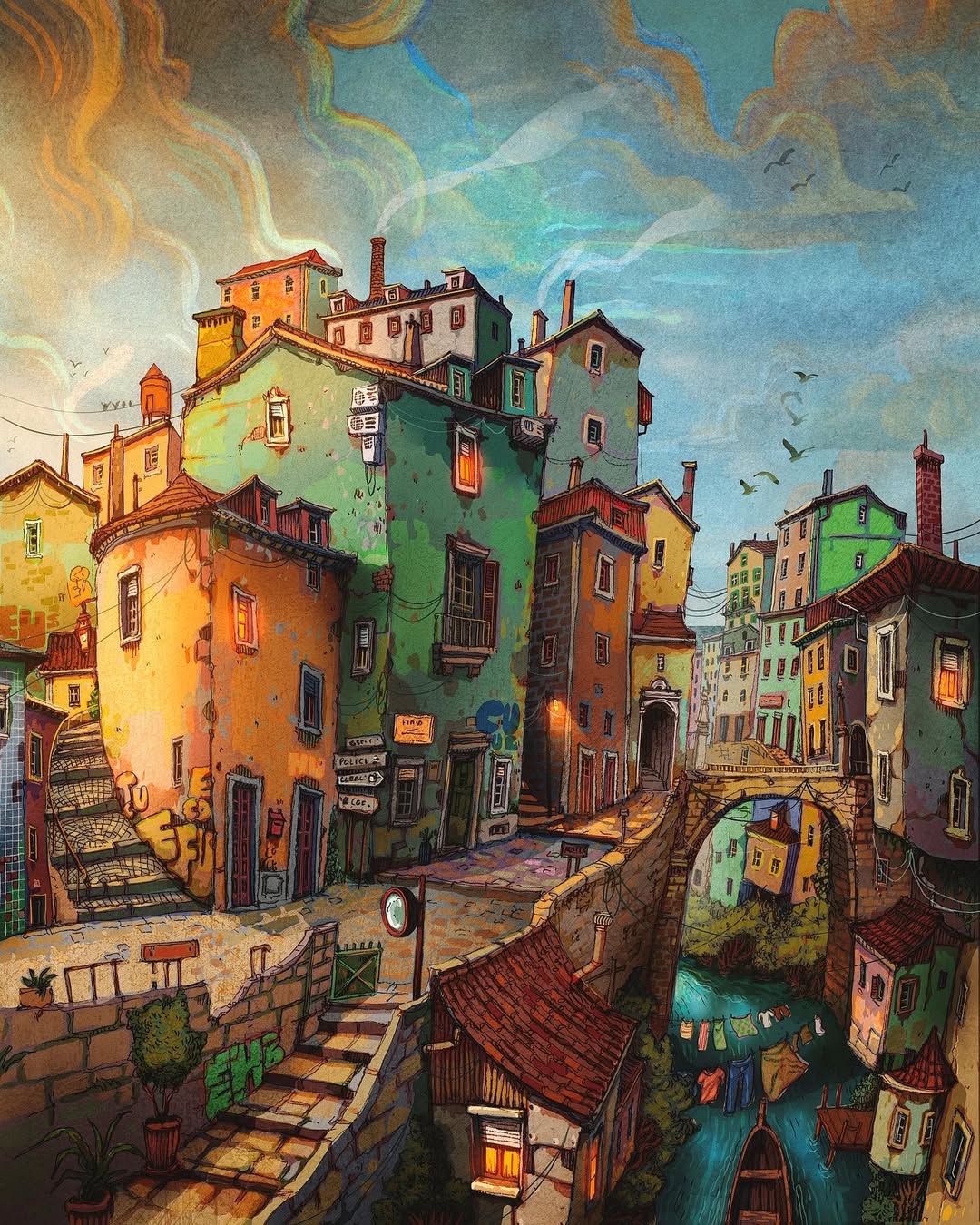
Is Art a High-Risk Investment?
Art is considered an alternative investment, and like all alternative assets, it carries risks. Some of the key risks include:
- Market Volatility – Unlike stocks or bonds, the art market does not have daily trading activity. Prices can fluctuate based on economic conditions, collector trends, and changes in artist popularity.
- Liquidity Challenges – Selling art is not as simple as selling stocks. Finding a buyer who is willing to pay the desired price may take time, and auction houses charge substantial fees for sales.
- Authenticity and Provenance – Verifying the authenticity of artwork is critical. Forgeries and disputes over provenance (ownership history) can significantly impact value.
- Storage and Maintenance Costs – Artwork requires proper care, climate control, and sometimes insurance, adding to the overall investment cost.
- Subjectivity of Value – Unlike real estate or stocks, art values are highly subjective and influenced by trends, tastes, and opinions.
Despite these risks, many investors find art appealing due to its tangible nature, cultural significance, and potential for long-term appreciation. To mitigate risks, investors should diversify their portfolio and conduct thorough research before purchasing artwork.
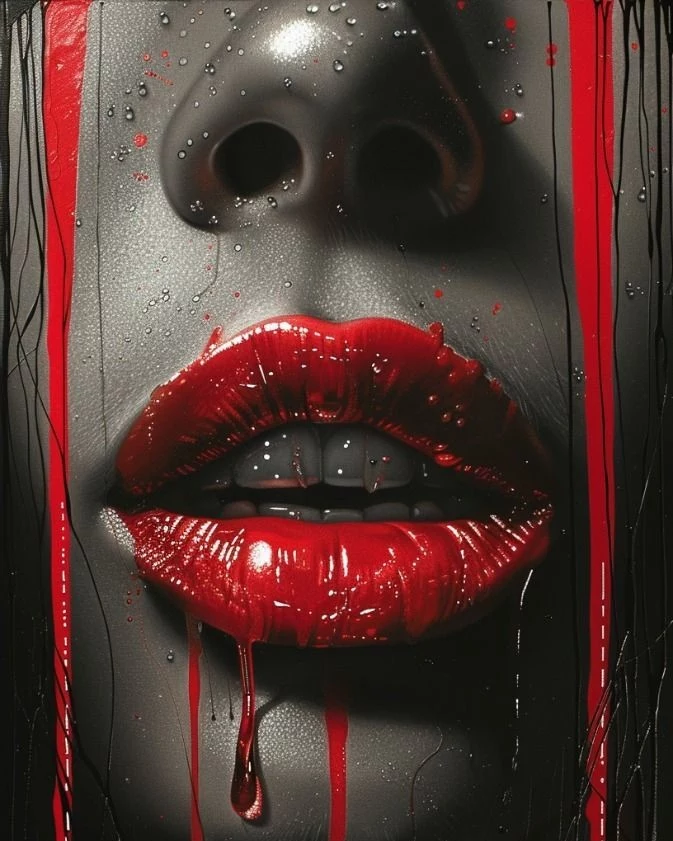
Conclusion: Is Art a Good Investment?
Artwork can be a rewarding and profitable investment when approached strategically. While it does not provide instant liquidity or consistent returns like stocks, it can serve as a valuable long-term asset. The best investment pieces typically come from established artists, rare collections, or emerging talents with strong market potential. Art takes time to appreciate in value, and investors should be prepared for potential market fluctuations.
RELATED: Are Classic Cars a Good Investment?
Investing in art requires expertise, patience, and a passion for the medium. Those who take the time to research and acquire pieces wisely can benefit from both the financial and aesthetic rewards that artwork offers. However, due to its high-risk nature, art should be a part of a diversified investment portfolio rather than the sole focus of one’s financial strategy.


